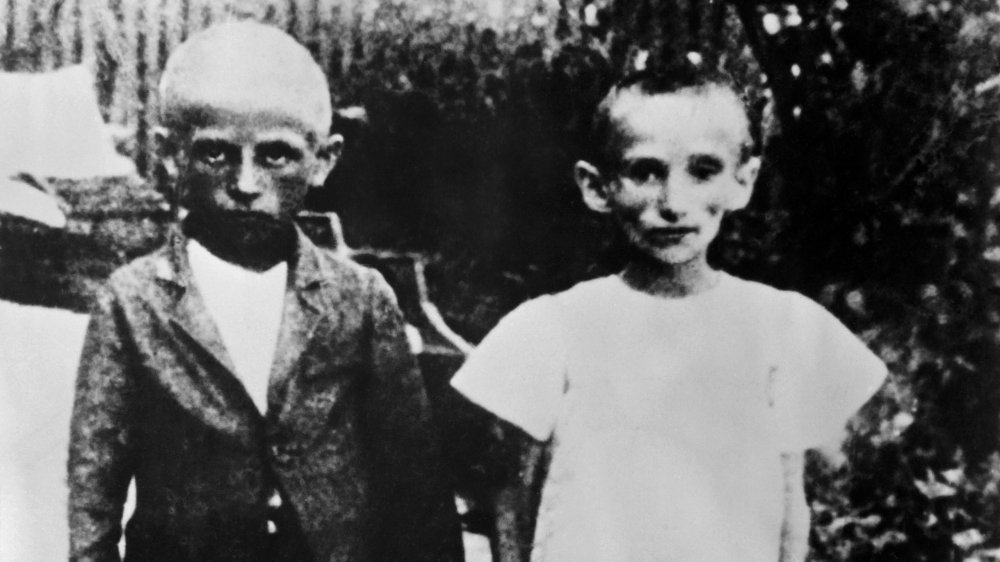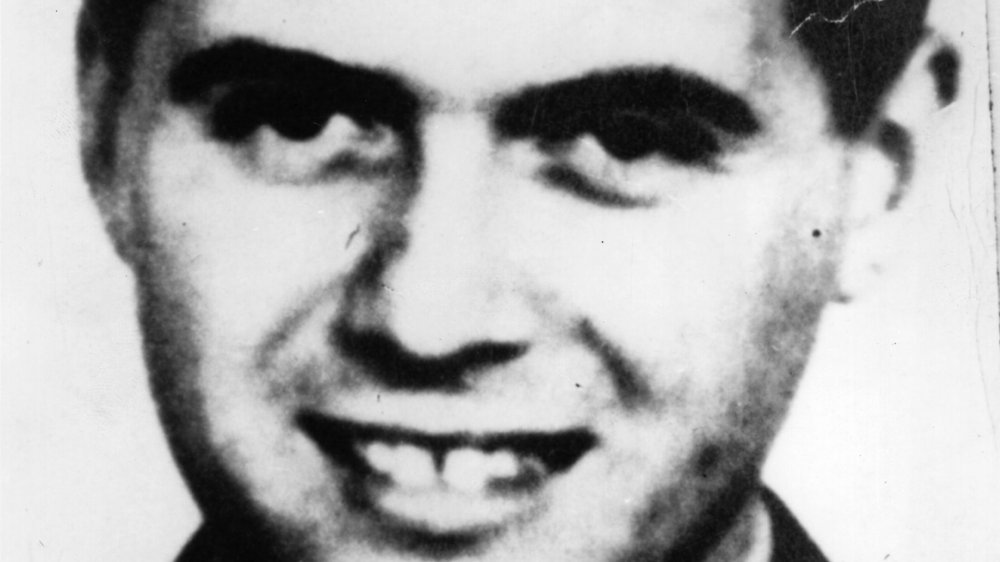The Real Reason Nazis Performed Experiments On Twins
In 1937, Doctor Josef Mengele began work at Frankfurt, Germany's Institute for Hereditary Biology and Racial Hygiene, according to the Holocaust Encyclopedia. There, he worked under the supervision of hardcore eugenicist Otmar Frieherr von Verschuer, assisting in his research on the effects of nature versus nurture, specifically focusing on twins — as, at this point, twins had become a particular point of fascination for eugenics enthusiasts. The idea went like this: if a pair of people possessed identical genetic structures, any differences between them would, logically, be the result of environmental factors. The founder of eugenics, a British scientist named Frances Galton, had this to say, according to History: "The one element that varies in different individuals, but is constant in each of them, is the natural tendency." It's what subscribers to the theory called "deductive reasoning" and what modern researchers call "pseudoscience" when they're trying to be polite about it, and not just scream curse words.
Unfortunately, this was an idea that stuck with Mengele, and in May of 1943, he began using his new station at the Auschwitz-Birkenau concentration camp to test his theories.
The twisted mind of Doctor Mengele
The details are horrific. Accounts from survivors of the experiments paint an inhuman and unforgivable picture. As described by History, twins were separated shortly after arriving at the camp, first from their families and then often from each other. Considered the perfect test subjects, one could be kept as a "control" while the other was subjected to grotesqueries like injections, vivisections, and exposure to infectious diseases. Today, the very basis of Mengele's theories is recognized as scientifically unsound. As Scientific American points out, identical twins are, contrary to Nazi belief, genetically distinguishable. As almost everyone else points out, you can't take medical research advice from a man nicknamed "the Angel of Death" who reportedly had a wall full of preserved human eyeballs, according to the BBC. Nonetheless, there are still twisted people clinging to the concept of a "better tomorrow" through eugenics, as a cursory and binge drink-inducing Twitter search will inevitably prove.
As for Mengele, he escaped to South America in the messed up aftermath of the war, where he lived on the run until he died, drowning mid-swim, in 1979 at the age of 67. That puts him about a decade short of the average Japanese life expectancy at the time, which really puts a dent in his whole "master race" argument.

